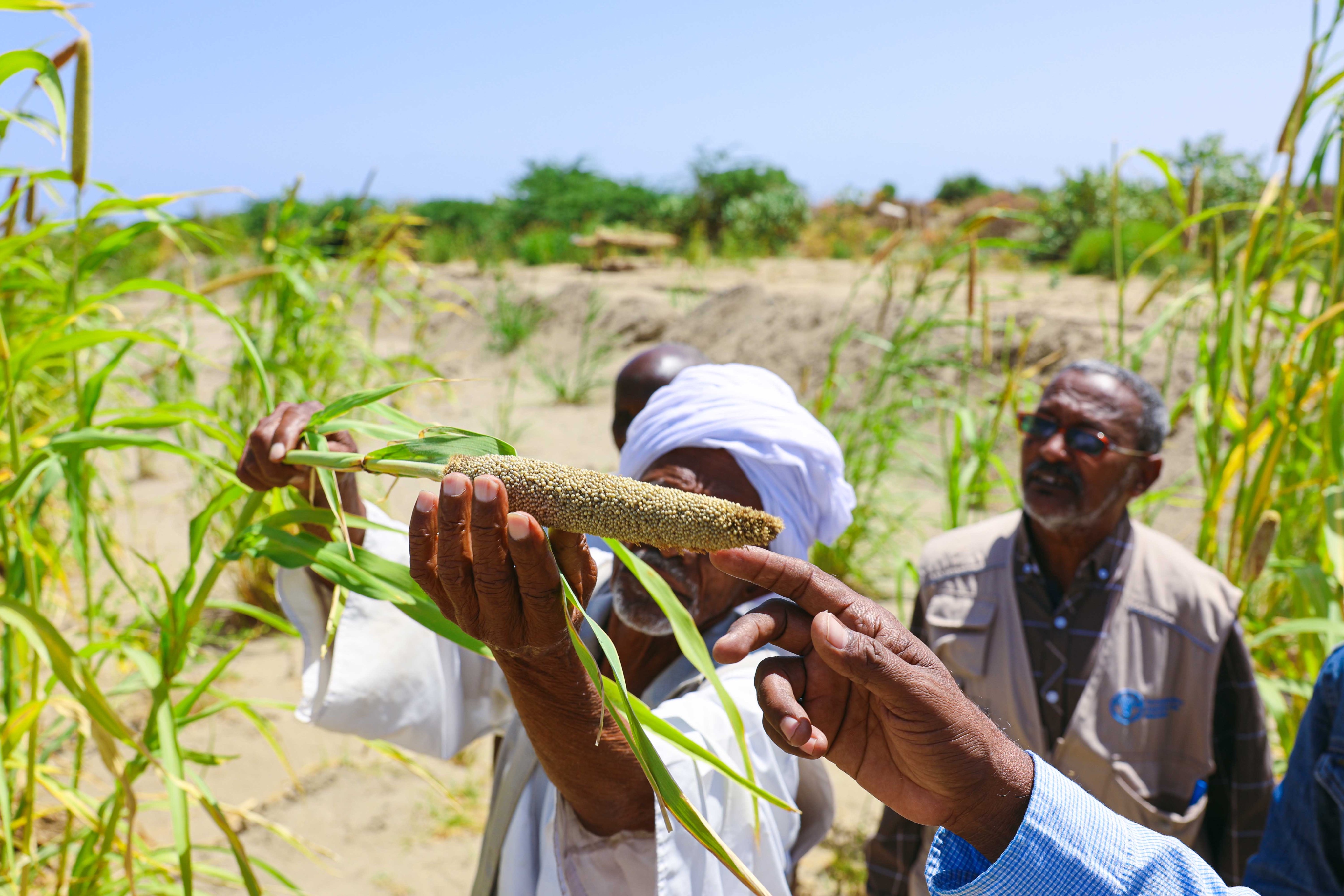
Decline in Agricultural Output in Sudan by Nearly Half
moatinoon
The Food and Agriculture Organization (FAO) stated that grain production in Sudan is expected to decrease by nearly half due to the ongoing war, limited agricultural inputs, high prices, and prolonged periods of drought.
In its report "Annual Crop and Food Supply Assessment" dated March 19th, it explained that estimates indicate national grain production in 2023, including wheat crops scheduled for harvest in March 2024, will be around 4.1 million tons, which is 46% lower than the previous year and about 40% lower than the average of the past five years.
Maize production in 2023 is estimated at about 3 million tons, which is 42% lower than in 2022 and 34% below the average. Sorghum production is estimated at about 683,500 tons, which is 64% lower than the 2022 production and 60% below the average.
It is expected that wheat production scheduled for harvest in March 2024 will reach around 377,900 tons, which is about 20% lower than the previous year and 46% below the average.
The significant decrease in total grain production in 2023 is primarily attributed to the ongoing conflicts impact on agricultural operations due to insecurity, as well as the limited availability and high prices of agricultural inputs.
The irregular spatial and temporal distribution of seasonal rains, along with long periods of drought in the main production areas in the southeast of the country, affected crops and contributed to reduced crop production.
The increase in prices of agricultural inputs, resulting from limited availability due to reduced imports caused by conflict and disrupted internal trade flows, led to increased production costs.
Despite the decrease in the number of vaccinated animals in 2023, the overall condition and health of the animals were generally good, with no major outbreaks of diseases.
The availability of pastures and water was generally sufficient at the time of assessment, but it is unlikely to continue until the start of the next rainy season in June 2024 due to inadequate rainfall. In some areas, the conflict has restricted herd movements and access to grazing resources.
The production of sesame, sunflower, and cotton for 2023 is estimated to be below average due to decreased cultivated and harvested areas and decreased production, especially for cotton. Peanut production also decreased, primarily due to production below the average.
The value of the Sudanese pound continued to decline in 2023 due to increased demand for foreign currencies to import essential goods no longer produced in the country after severe damage to the industrial sector due to the conflict.
Grain prices increased in 2023 due to trade disruptions associated with the conflict, insufficient grain supplies, and the continuous depreciation of the national currency. In December 2023, prices doubled compared to the previous years levels.
The average annual inflation rate increased from about 140% in 2022 to nearly 260% in 2023, leading to constrained purchasing power for households.

